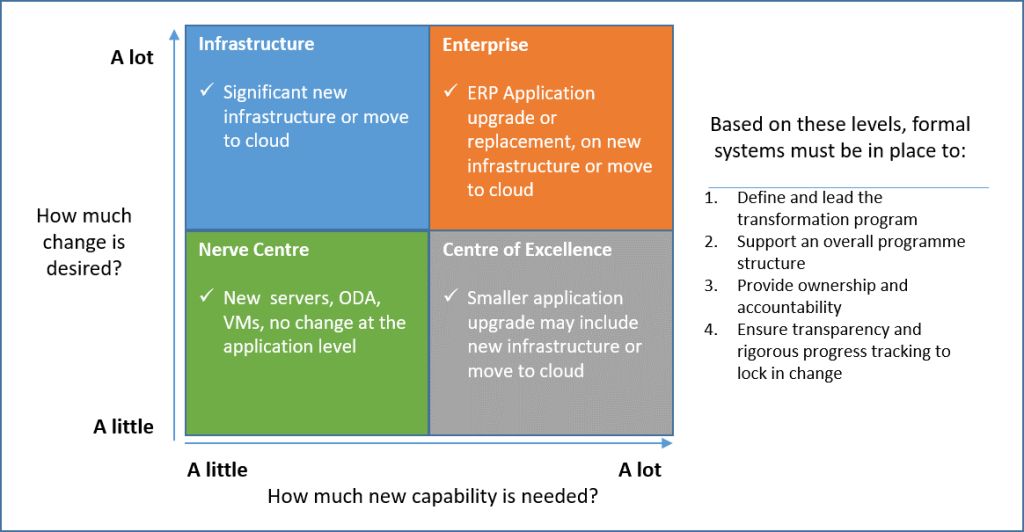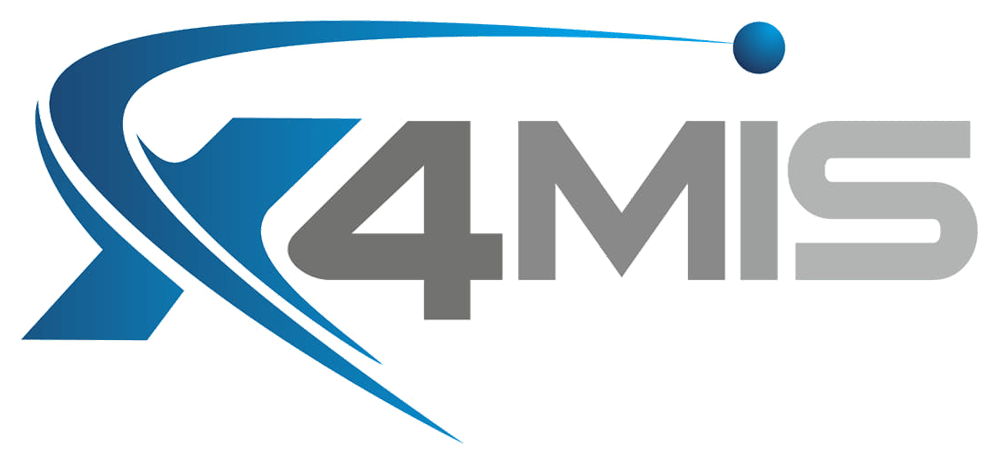Introduction to Embed
Embedding the Change Introduction
Written by: Austin Watene
How does it work
Change Management focuses on the people side of your transformation initiative, supporting project disciplines and delivering technical and functional components of business initiatives. Change Management helps the business prepare for the shift from "how we do things now" to "the new future story" by incorporating people into the process.
Prerequisites
- Lock in the leadership sponsors and allocate the right people to the Change Team.
- Define the business problem as it applies to all stakeholders and the benefits to be obtained.
- Articulate the opportunities for the organisation straightforwardly to enable everyone to understand "what's in it for me."
- Plan to communicate in multiple ways, written, through videos, group sessions, and individual 1-on-1s, to explain the benefits of the programme's life.
- Encourage feedback, listening to and acting on concerns.
You will have already completed & documented the prerequisites in Steps 1-4 when you developed the Change Implementation Plan & Change Readiness Assessment during the Compose and Manage phases of the transition programme.
How to Embed Change
Everything delivered as part of the X4MIS Change Management Programme will work to embed the change. Some key things to consider are:
Leadership
Including Change Management as an essential component of the business initiative will significantly improve the project's success. However, to embed the change, you must identify and assemble competent people from within your organisation to lead the campaign. Leaders may work anywhere in the organisation, including senior figures, recognised experts and others of high regard. The magnitude of success depends on business leaders' engagement and ability to provide an atmosphere where people can adopt the new way of working. Business Managers must lead by example, demonstrating the new way of working in everyday business.
The transformation benefits are rarely attained after the project is to the planned level. Sometimes not even within the scheduled period, and because most people resist change, it is incumbent on the business leaders (and change champions if they are still involved) to recognise ongoing barriers to improved adoption and plan initiatives to embed the change.
Communications
Success is proportional to how well you convey your vision, expressing it regularly and deeply into the project and business-as-usual. Constant reinforcement of the vision helps to keep the organisation on track and continue to strive for success. Use the feedback process to identify resistance to change and address people's concerns.
Tell the Stories
Share stories of progress and success at every opportunity. Share examples of the transformation process that worked well and retell other tales you hear. Reshare the stories' vision, new principles and values, and recognise prominent changemakers and supporters.
Build on Lessons Learned
Opportunities to do it better next time will be identified while implementing the changes to the organisation's procedures, framework, or mission. These Lessons Learned can be applied to the subsequent phases of the programme. Use the early and
quick win projects to identify improvement opportunities. Every victory offers the chance to expand on what worked well and
pinpoint areas for improvement. New champions will help identify new ways to drive the transformation.
Build on the Momentum
- Create plans to build on success, what went well to maintain the speed, creating a culture of ongoing development.
- Don't stop ensuring the leaders and champions are identifying new ways to ensure the change is continuously ingrained.
- Build assessment of the required new behaviours into the performance and rewards programmes.
- Include the new vision, principles and values in the recruiting and training new employees.
- Plan succession of crucial leaders and important change agents when they leave, hire new leaders and employees to be part of the new way of working, including focused employment of people with existing competencies which demonstrate the required behaviours.
- Track and measure success against the defined outcomes and benefits.

Compose the Change
Browse by Categories

Free On-Line Change Management Methodology that enables individuals and organisations, especially those previously without access to effective change management programmes, to deliver more effective community and country programmes which improve prosperity and save lives.
QUICKLINKS
TRAINING LINKS
LATEST POSTS




